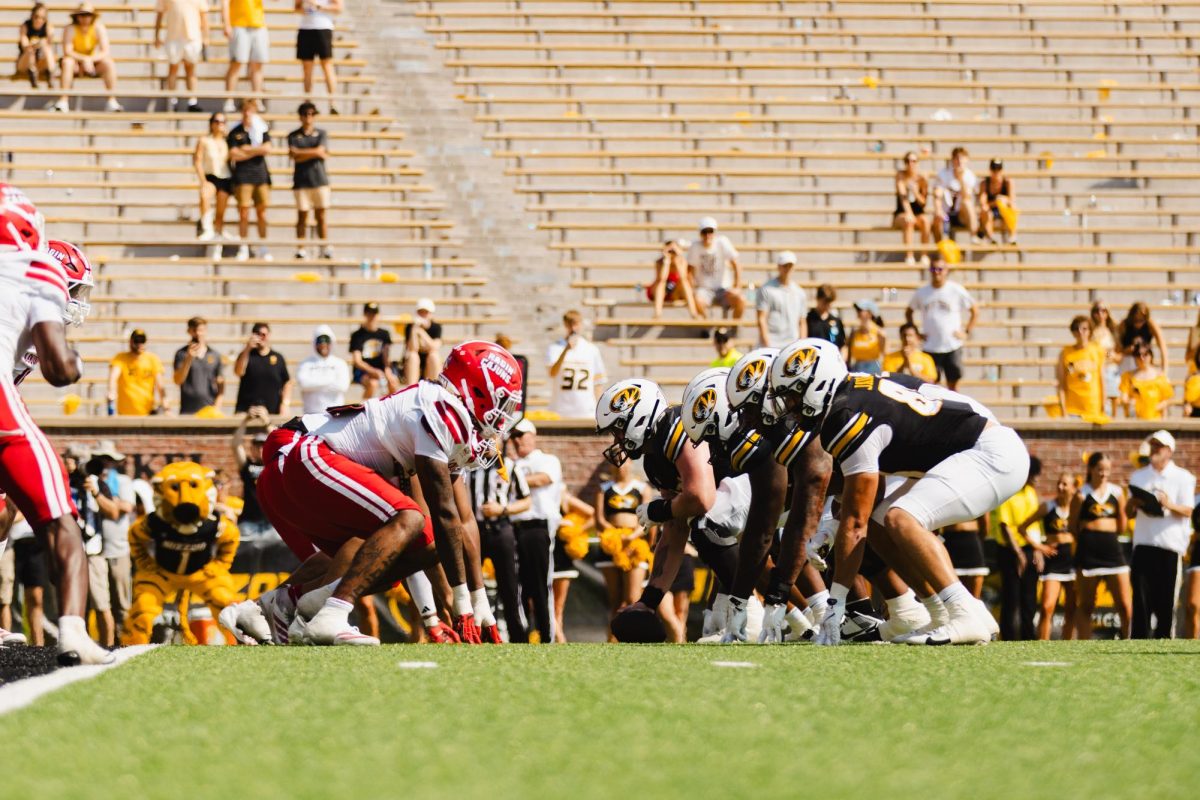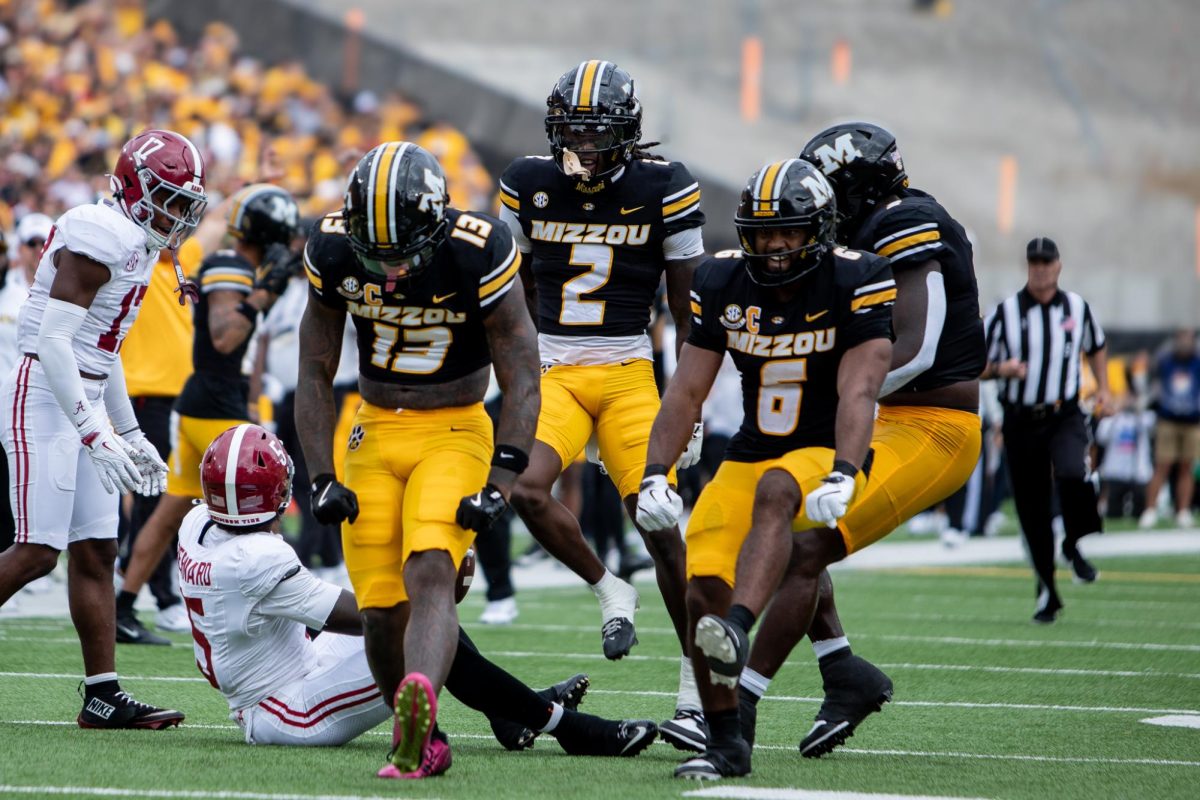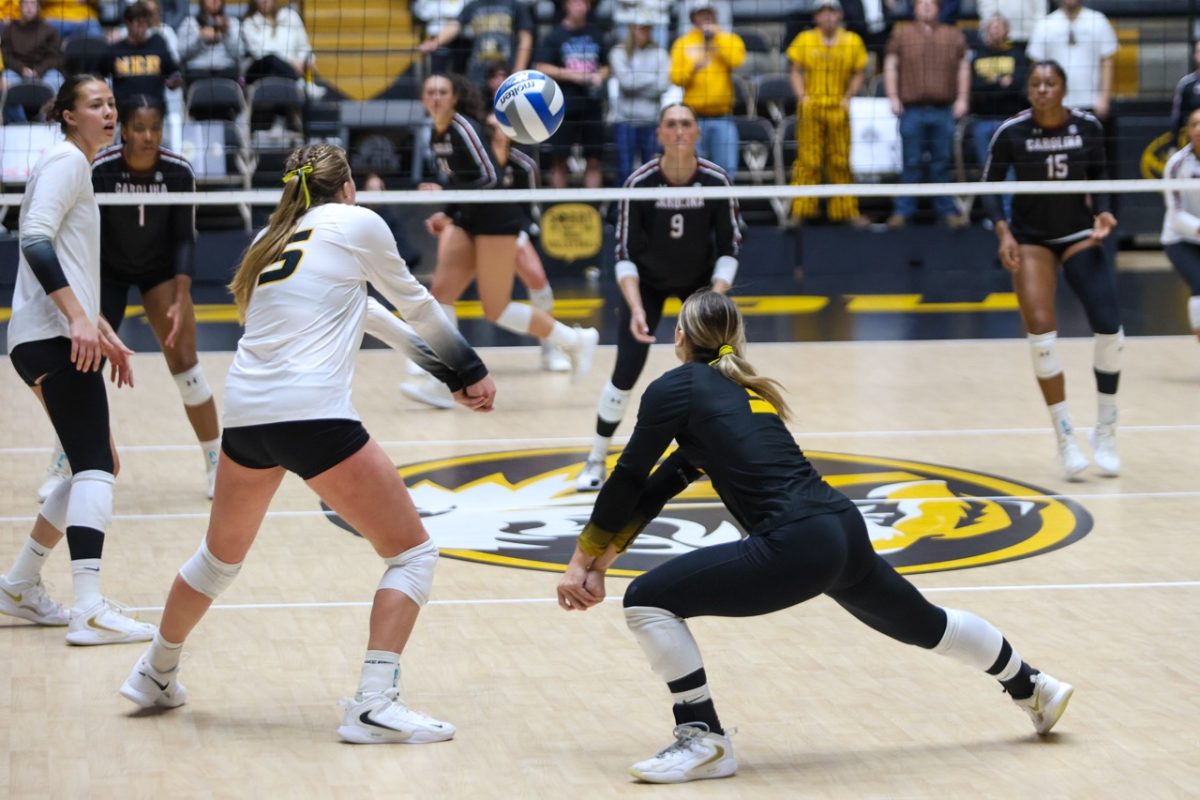When Eli Drinkwitz was hired at Missouri, one of his main objectives in Year One was to implement a new system that would instill new life into the Tigers’ offensive identity.
Through a week of fall camp, that system has generated excitement among returning players, but it’s still very much a work in progress. That can be reasonably expected given the lack of a spring season, but the clock is ticking toward a Sept. 26 date with Alabama.
“We’ve got a long way to go,” Drinkwitz said. “The challenge has just been inconsistency. We’re inconsistent at a lot of execution plays, whether it’s quarterbacks, whether it’s protection, whether it’s routes.”
While the former Appalachian State coach and North Carolina State offensive coordinator has spoken generally about what his scheme will entail, no one will know exactly what concepts he’ll feature during the regular season until the Tigers step onto Faurot Field. What he has described is what he values in an offense, like “pro-tempo,” which has been something of a buzzword from the Missouri coaching staff in press conferences thus far.
“It’s pro-style concepts, tempo-based, we’re gonna play with rhythm, attack, and execute,” Drinkwitz said. “Pro-style concepts, tempo-based means we’ll be able to play as fast as we want to and as slow as we need to in order to affect the defense.”
Versatility is one of the keys to Drinkwitz’s offense as well, meaning he wants to move his skill position players around the field, as opposed to having a designated outside receiver, slot receiver, in-line tight end and backfield running back. He explained how this can benefit a team that cares about player matchups throughout the game.
“If you’re set left-right, or X and Z, then they can find you, put their best player on you, and figure out how to bracket coverage you,” Drinkwitz said.
In layman’s terms, Drinkwitz doesn’t want opponents to be able to key on a player that they know will be in the same spot at all times. This would make it easier for the defense to create the matchup that they want and even “bracket” their stars by putting one defender on either side.
“If you’re always moving around and playing multiple positions, then they’re not going to be as easy to dictate a game plan around.”
The first-year power five head coach listed receiver Jalen Knox and running back Tyler Badie as two starters who can play in a lot of places. Badie, who led the team in receptions last season and shined with his speed and quickness all over the field, could be a focal point of Drinkwitz’s new scheme.
Drinkwitz mentioned Daniel Parker Jr. as a versatile player, too. Tight ends tend to be fixtures of complex offenses given their size, speed, and ability to line up everywhere. Parker’s position coach, Casey Woods, said it can help the offense maintain “pro-tempo” as well.
“You can present to a defense a formation that would primarily be run out of 10 personnel and you could do it with tight ends on the field, so it gives you some versatility to have a spread formation while those guys are in and then get to a condensed formation without substituting,” Woods said.
Missouri’s offensive coaches have been on the same page, echoing a consistent message about what their system is all about.
“What that does is that allows you to have tempo,” Woods continued. “You heard Coach [Drinkwitz] talk about the pro-tempo offense and what we’re trying to do in rhythm, attack, execute.”
_Edited by Eli Hoff | [email protected]_













